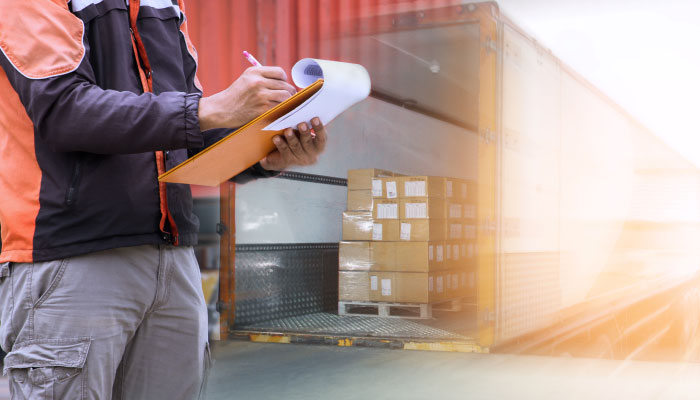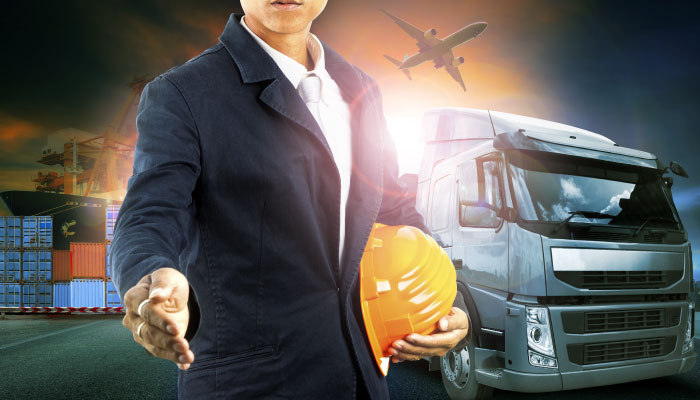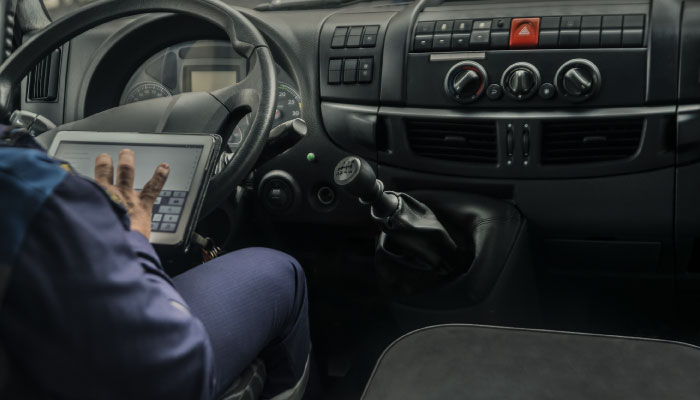 For much of human history, trade and commerce has been defined by the means through which goods are transported. Many events in the past can be tracked or better understood through the lens of change in modes of transport – from Marco Polo and trading caravans to exotic China, or colonization of large parts of the Americas, South and South East Asia when seafaring came of age. Change in transportation technology comes with great effects on the economy, as all goods and services tend to become cheaper when transport becomes more efficient.
For much of human history, trade and commerce has been defined by the means through which goods are transported. Many events in the past can be tracked or better understood through the lens of change in modes of transport – from Marco Polo and trading caravans to exotic China, or colonization of large parts of the Americas, South and South East Asia when seafaring came of age. Change in transportation technology comes with great effects on the economy, as all goods and services tend to become cheaper when transport becomes more efficient.
Technological change can be looked at chronologically – in the short term, medium term and long term. In the short term, companies must look at existing and available technologies in the market. In the medium term, companies start looking at the changes that are likely to occur in the next 5-10 years and start working on changing their systems and processes in the here and now to make the transition more easily. The long term is a time period beyond ten years. So what is the scenario in the transportation industry and its intersection with changing technologies?
In the short term, we see that there are some technologies presently available that can be of great assistance in the operations of a transport company. Electronic logging devices, GPS tracking, fuel monitoring are smaller instances of the same; a shift to renewable fuels and technologies are larger changes catering to technology for the future. In the medium term, there are technologies that are in testing and likely to emerge for commercial use soon – like autonomous or computer assisted driving. In the long term, we have technologies such as drones which would make transport unrecognizable.
While usually transport companies need to cater to short term changes while only being aware of medium terms changes, the competition has become far more cut throat and there is far more information available on the technological change before it is released to the general public for commercial use. Knowing what the future of transport is likely to look like, owners and managers of transport companies can act now to get the best results, and stay ahead of the competition. However, these future guessing exercises are often unable to predict the change that is to come; thus, most companies end up waiting for change to happen instead of trying to predict the change. They are more reactive and less dynamic.
However, this is a window in time in which we are receiving far more information about transport than ever before. Technologies like drones and automated driving programs are in an advanced stage of development. This represents an unprecedented opportunity for transport companies. They can leverage expert advice and organize themselves, so that when the time comes to adopt the technology, they are already prepared and can thus move ahead of their competition. Larger companies will already have personnel and experts working to ensure an easy transition – this is a good chance for smaller companies to use this time of change to move ahead.
A webinar by industry veteran Noel Perry, at AudioSolutionz, discusses the new wave of technologies that are set to revolutionize the North American Transportation industry. The presentation will look at the 2, 5 and 15 year timeframes and see what has to be done in 2016 to be ready for such new futures. You’ll be able to comprehend the changes to finances, productivity, land use, driver hiring and regulations stemming from these changes in the near future.



